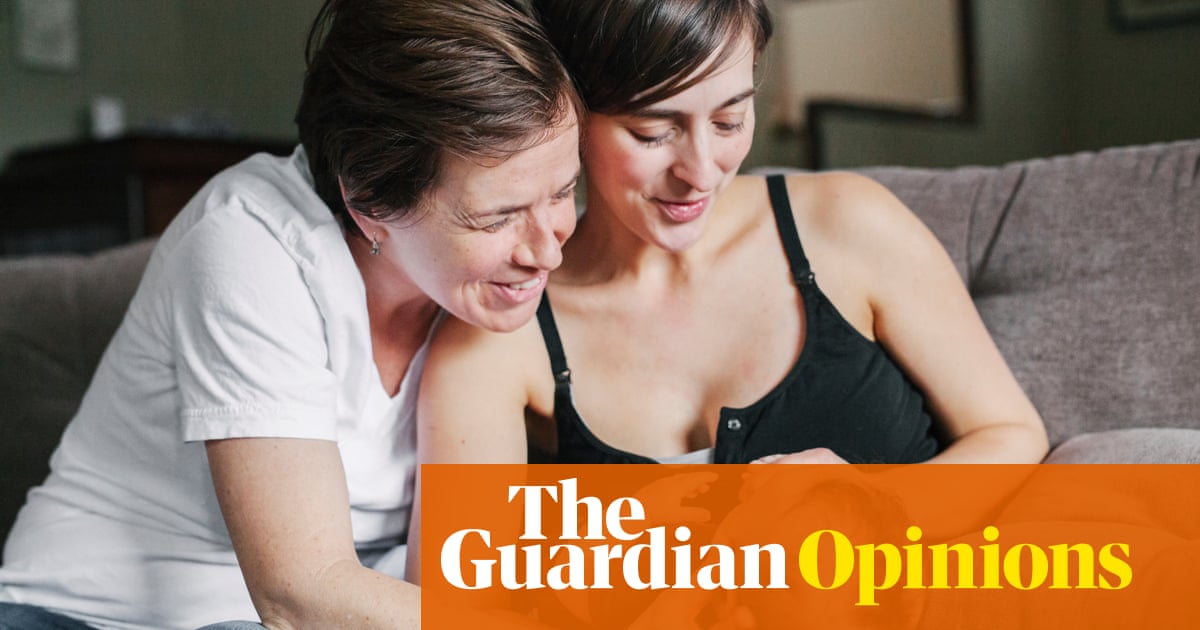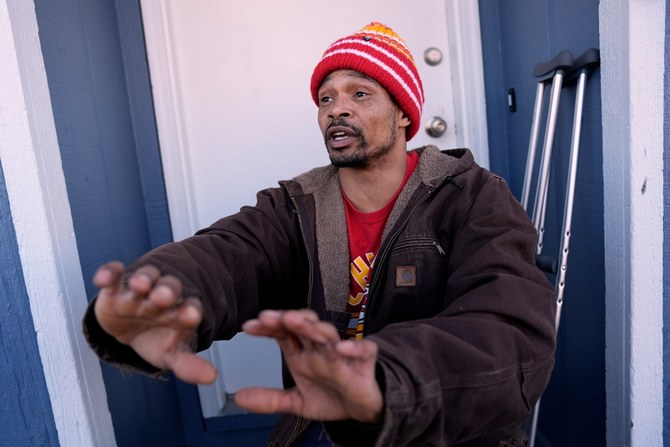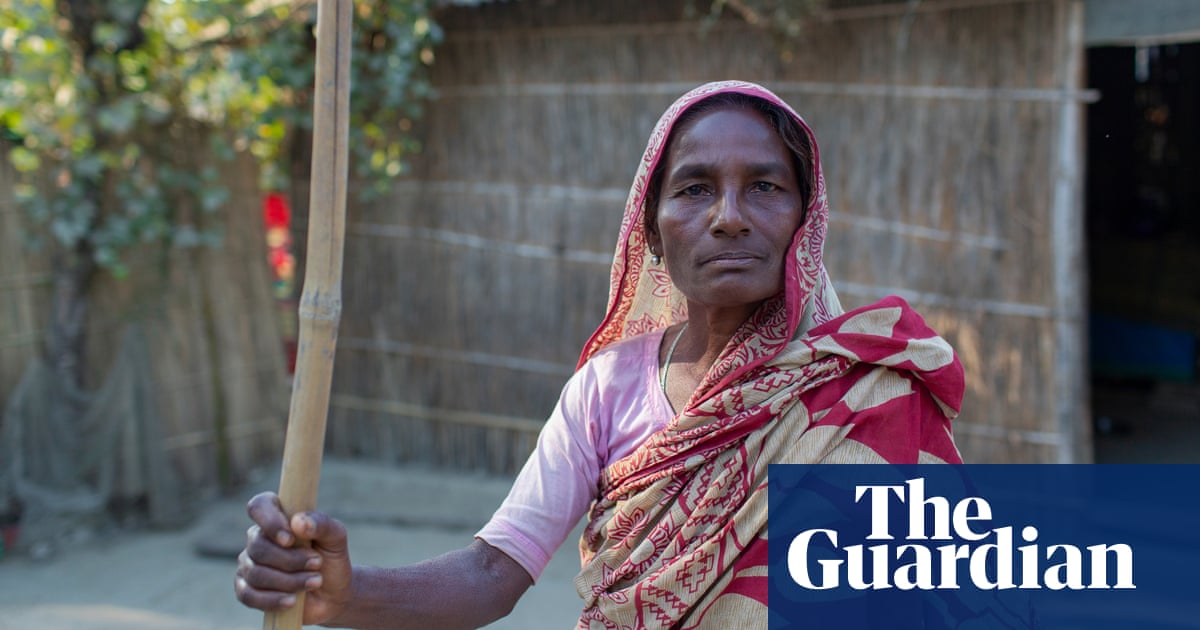
Since 2009, the number of donor-conceived children born in the UK has more than tripled. They now account for one in 170 of all births, which means, as the Human Fertilisation and Embryology Authority (HFEA) chair, Julia Chain, puts it, “a couple of donor-conceived children in every primary school, and an immeasurable amount of joy brought to families that could not have otherwise existed”. While nearly half of all donor gametes are used by heterosexual couples suffering male- or female-factor infertility, much of the recent increase, particularly in the use of donor sperm, has been driven by women in same-sex relationships and solo mums.
The opening up of new routes to having children is a wonderful thing. But as the practice of donor conception – using donor sperm, eggs or embryos to create a family – has become more common, the resulting ethical dilemmas are also becoming more complex. Crucially, though, many warmly welcome the important changes happening this year, whereby donor-conceived children reaching 18 will finally have access to identifying information about their donors.
This marks a new era, reflecting changing in attitudes towards donor conception over the past three decades. Nina Barnsley, the director of Donor Conception Network (DCN), a charity offering information, support and community to donor-conception families, says opinions about how to manage information about donation have shifted enormously since DCN was founded in 1993 – from secrecy being the norm, with many feeling there was no need for donor-conceived children to be told about their origins, to a culture of increasing openness and disclosure, in which “most people believe not only that it is better, but that it is right to be honest with children”.
Sophie certainly feels like this. She is a solo mum and conceived Henry, now six years old, using donor sperm in a fertility clinic. She has been talking to Henry, in age appropriate ways, about the method of his conception since before he could speak. Henry understands that a kind donor helped to make him and it is something they discuss “insignificantly and often”, although he is yet to ask questions about his particular donor.
Although new family forms often provoke fear and suspicion from some quarters, including concerns over how children will cope with the absence of a father or the lack of a genetic connection to a parent, research findings paint a positive picture. Susan Golombok, professor emerita of family research at the University of Cambridge, has been studying donor-conceived families since the 1980s, and her work is incredibly reassuring for anyone genuinely curious about donor-conceived children’s welfare. It shows that new family forms foster just as good, and sometimes better, psychological outcomes and parent-child relationships as traditional families, and this has been used as evidence for regulatory change in several countries, making it easier for same-sex couples and solo parents to receive fertility treatment and parental recognition.
As she tells me: “What matters most is not the structure of a family – the number or gender of the parents, their sexual identity, or whether they are genetically related to their children – but rather the quality of relationships within it.” She adds, “Not one of these families has been formed by accident – it turns out that the desire to be a parent goes a long way.”
Barnsley adds that many children who know about their donor conception from the outset – like Henry – tend to adjust very well, but that accidental or unintentional disclosure later in life can wreak havoc in families. Her organisation has witnessed many difficult cases of donor origins revealed under suboptimal circumstances, including deathbed confessions, disclosure during acrimonious divorces, or indeed increasingly discoveries unearthed by genetic tests. These types of situations, says Barnsley, “are destructive for the whole family and leave the donor-conceived individual feeling their life has been founded on a lie”.
Stories like these, the destigmatisation of donor conception, and a growing interest about genetics in healthcare have led many people to argue for an individual’s incontrovertible right to information about their origins. This attitudinal shift was reflected by the regulatory change in the UK in 2005 which ended donor anonymity and introduced “identity release” donation – meaning that once donor conceived persons turn 18, they can request the name, birthdate, and last known postal address of their donors from the HFEA. The children born after that change are the ones that will turn 18 this year, and they will be the first cohort who get to decide what they wish to do with that information.
Undoubtedly, many will be faced with a range of novel situations that are hard to prepare for, and some relationships may fare better than others. But it is only right that donor-conceived people will now, for the first time, have a choice about how much they want to know about their genetic origins and the people who helped to create them.
When I ask Sophie how she feels about Henry potentially finding out the identity of his donor, she says she isn’t thinking that far ahead, “mostly because it is very hard to imagine him being 18”. She intends to do her best to manage his expectations as he grows up. “But ultimately,” she adds, “I know it will be his decision to make and my role to support him.”
Zeynep Gurtin is a lecturer in women’s health at UCL, an authority member of the Human Fertilisation and Embryology Authority and a fertility consultant
Some names have been changed












